need to transplant azalea (pics included)
penserosa
17 years ago
Related Stories

PLANTING IDEASStretch the Budget, Seasons and Style: Add Conifers to Your Containers
Small, low-maintenance conifers are a boon for mixed containers — and you can transplant them to your garden when they’ve outgrown the pot
Full Story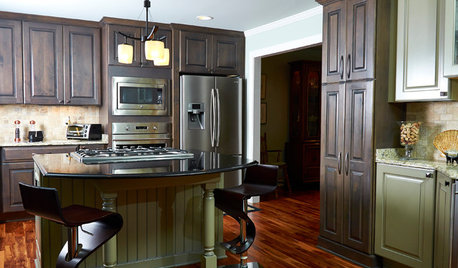
KITCHEN MAKEOVERSKitchen of the Week: Rich Materials, Better Flow and a Garden View
Adding an island and bumping out a bay window improve this kitchen’s layout and outdoor connection
Full Story
GARDENING GUIDES10 Top Native Plants for the U.S. Southeast
For a low-maintenance and wildlife-friendly landscape, use Southern natives that withstand heat and humidity
Full Story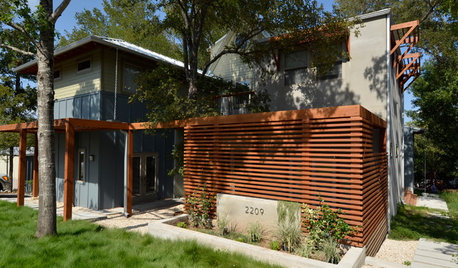
HOUZZ TOURSHouzz Tour: Visit a Forward Thinking Family Complex
Four planned structures on a double lot smartly make room for the whole family or future renters
Full Story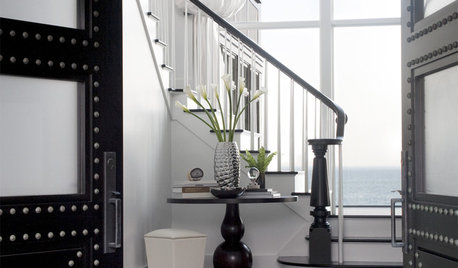
HOUZZ TOURSHouzz Tour: Glossy, Black-and-White Beachfront Style
Step inside a coastal New England home with a chic and tailored urban twist
Full Story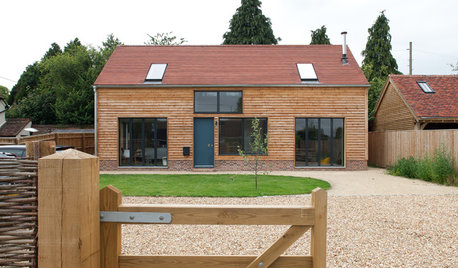
HOMES AROUND THE WORLDHouzz Tour: Contemporary Family Home Blends In With Its Rural Setting
This new build is modern, open and full of light, yet it fits in with its traditional English backdrop
Full Story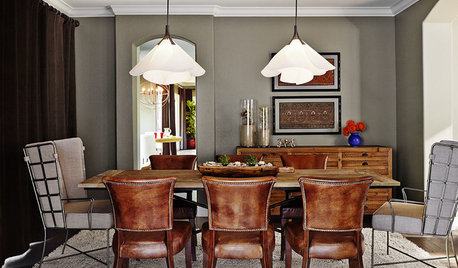
TRANSITIONAL HOMESHouzz Tour: New Homeowners Find Their Style
Homework assignments help reveal a couple’s tastes and lead to a home filled with textures and organic tones
Full Story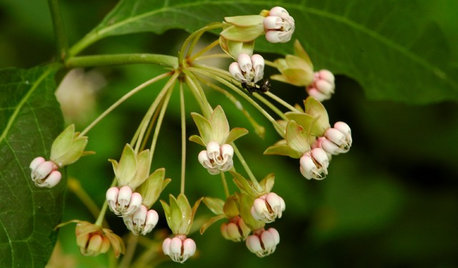
GARDENING GUIDES5 Unsung Wildflowers That Thrive in Dry Shade
Turn shady problem spots into garden idylls with with these prolific, easy-care bloomers
Full Story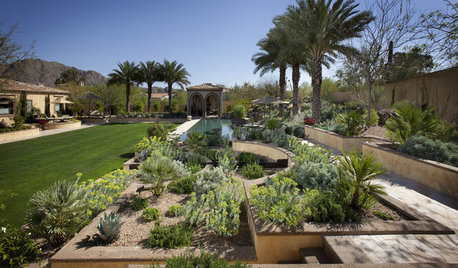
GARDENING GUIDESSouthwest Gardener's October Checklist
Softer light and milder weather make desert gardens a real joy this month, but watch the water and don't forget to plan
Full Story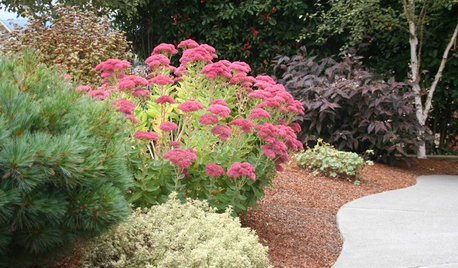
GARDENING GUIDESPacific Northwest Gardener's August Checklist
Deadheading perennials, cutting raspberry canes and preparing for the onion harvest keeps Northwest gardeners busy in August
Full StorySponsored
Columbus Area's Luxury Design Build Firm | 17x Best of Houzz Winner!






luis_pr
rhodyman
Related Professionals
Ballwin Landscape Architects & Landscape Designers · Garden City Landscape Architects & Landscape Designers · Owings Mills Landscape Architects & Landscape Designers · Hartford Landscape Contractors · Surprise Landscape Contractors · Danvers Landscape Contractors · Eagle Landscape Contractors · East Lake-Orient Park Landscape Contractors · Fishers Landscape Contractors · Gaithersburg Landscape Contractors · Harvey Landscape Contractors · Mastic Beach Landscape Contractors · Nanuet Landscape Contractors · Palatine Landscape Contractors · Vancouver Landscape ContractorspenserosaOriginal Author
railroadrabbit
rhodyman